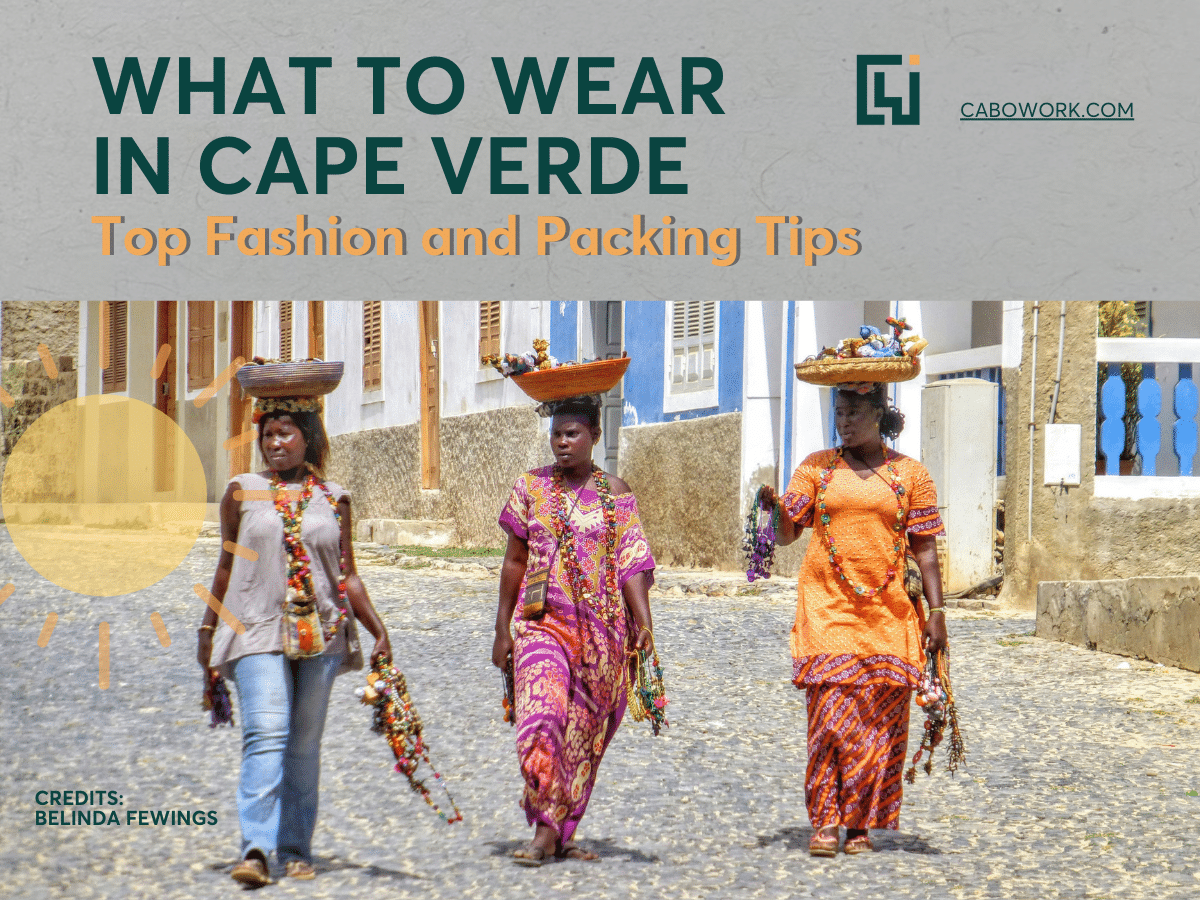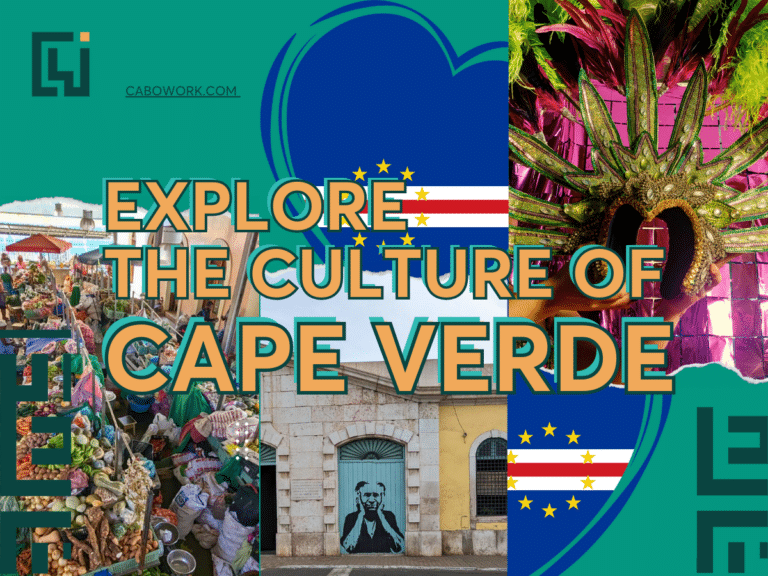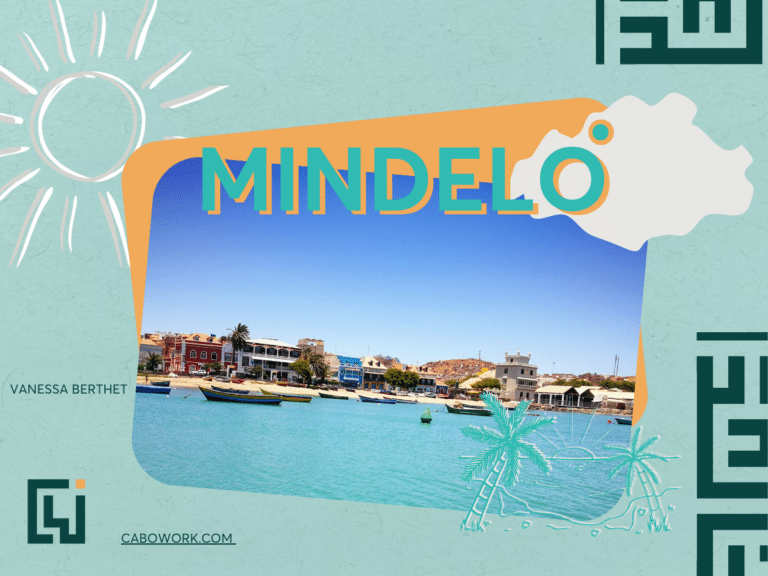What to Wear in Cape Verde: Key Highlights
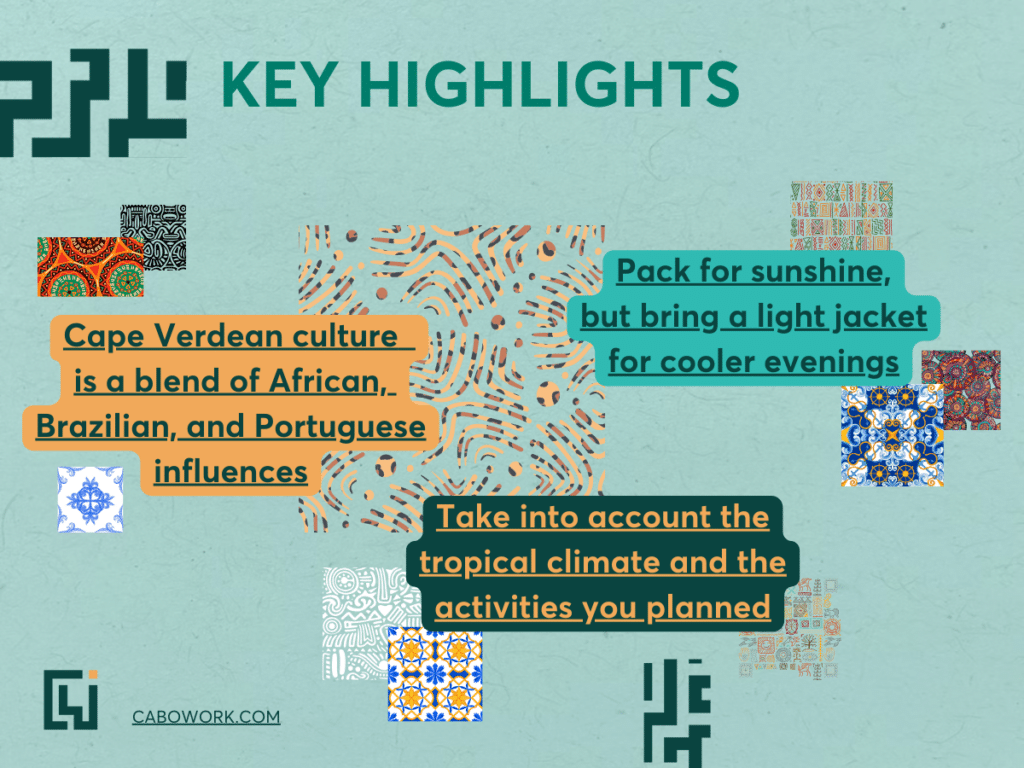
- Embrace the Vibrant Culture: Cape Verdean style reflects the rich blend of African, Brazilian, and Portuguese influences.
- Pack for Sunshine and More: Year-round sunny weather dominates, but pack light layers for cooler evenings, especially between November and March.
- Island-Specific Packing: Consider the activities and climate of each island: beach vibes on Sal and Boa Vista, hiking adventures on Santo Antão, and cooler temperatures on São Vicente.
The ten volcanic islands that are part of the Cape Verde archipelago are known for their tropical climate, with warm temperatures throughout the year.
Average annual temperatures range between 20ºC and 30ºC and its rainy season only lasts for three or four months, making the country an extremely popular destination for holiday, for those looking for sunny beaches and a pleasant climate all year round.
If you are going to travel to Cape Verde, it’s essential to take into account the tropical climate and the activities that each island offers. Whether you’re planning to explore stunning beaches, hike challenging mountains, or enjoy the local culture, packing the right clothes and essentials will ensure you have an enjoyable experience.
And because we know that packing can be a daunting task that you’ll probably postpone until you can, we’ve made your life easier with a complete guide to ensure you’re well-prepared to travel.
What to Wear in Cape Verde: Top Tips
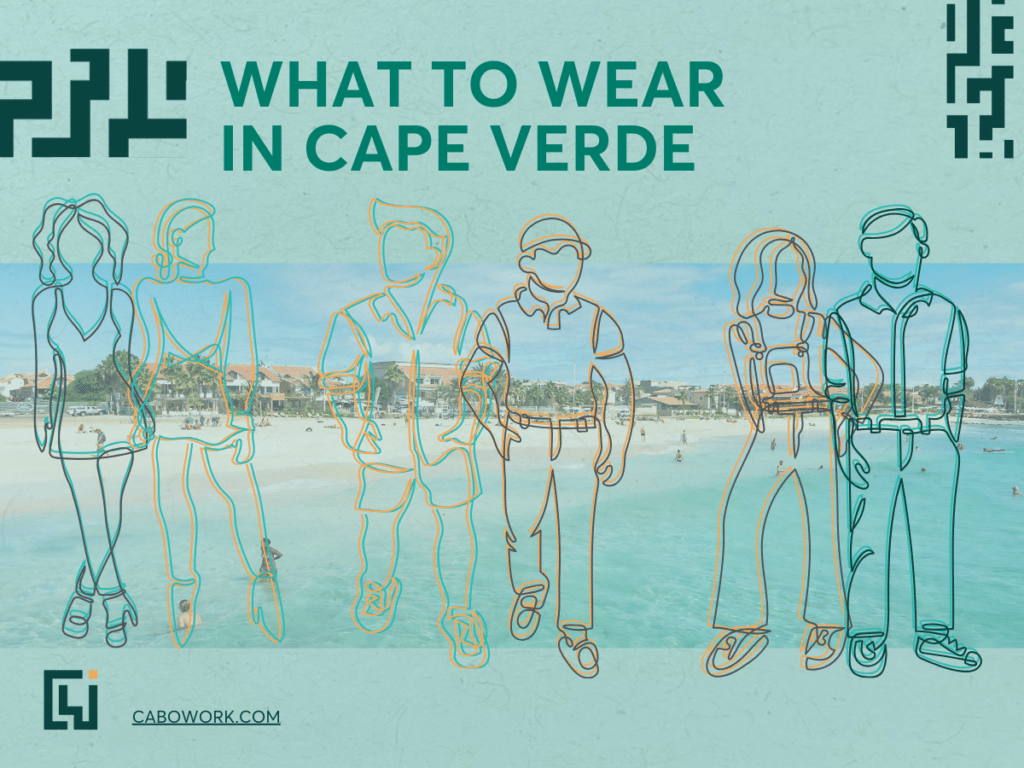
If you’re planning on discovering the dramatic mountains of Santo Antão or Fogo Island, or the stunning beaches of Sal or Boa Vista, the diverse landscapes make each island in Cape Verde a unique and exciting destination.
Nevertheless, there are some packing “essentials” that are common to all islands:
- Lightweight clothing: T-shirts, shorts, dresses, skirts, and comfortable pants are essential year-round.
- Beachwear: Pack a swimsuit, cover-up, and beach towel for a relaxing day by the shore.
- Sun protection: Sunscreen (SPF 30 or higher), sunglasses, and a hat are crucial for protecting yourself from the strong sun.
- Footwear: Comfortable sandals or flip-flops are ideal for exploring, while hiking boots are necessary for adventurous activities.
- Light jacket/fleece: Pack a lightweight jacket or fleece for cold nights, especially between November and March.
- Comfortable sleepwear: Pack comfortable pyjamas or loungewear for a good night’s sleep.
- Essentials: Don’t forget essentials like toiletries, medications, a reusable water bottle, and an adapter (if needed).
However, if island hopping is not on your plans, please consider the following basic island-specific recommendations:
- Sal, Boa Vista, Santiago, and São Vicente: Pack primarily for beach activities — swimwear, lightweight clothing, sandals, and a hat. Evenings may require light cover-ups due to occasional breezes. It’s also a good idea to wear comfortable shoes for walking and exploring the main cities.
- Santo Antão, Fogo, São Nicolau, and Brava: Pack comfortable hiking clothes, including long pants, quick-drying shirts, sturdy hiking boots, and a backpack. Consider a light rain jacket for potential rain. Swimwear can also be a good idea, as these islands also have great beaches.
Checklist for your Cape Verde Holidays
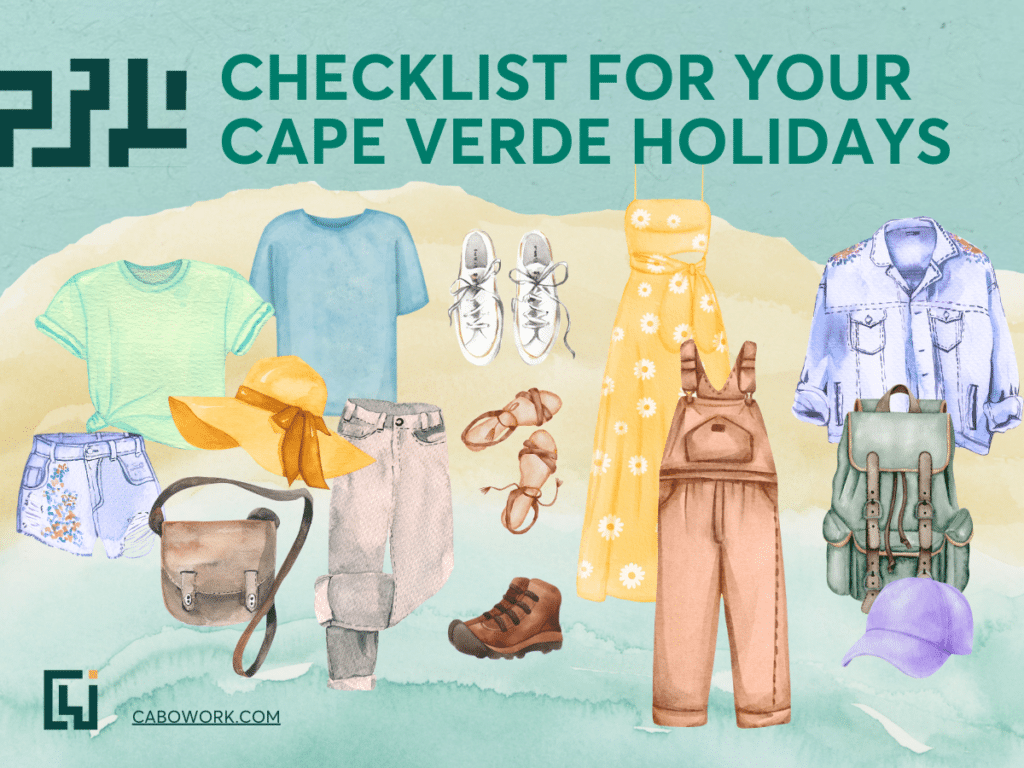
There’s an unlikely chance you still have any doubts about what items you should take to Cape Verde, but just in case, here’s a nice packing list to consider before you go:
- Clothing: Loose-fitting clothing made from natural fibres is ideal for maintaining body temperature. A long-sleeved shirt with sun protection can be useful if you plan to snorkel or dive, or even if you’re just spending a few hours in the sun.
- Footwear: For low-intensity walks or excursions, the ideal footwear will be sneakers or sandals. For hiking, a good pair of boots is essential. Flip-flops are obviously the footwear to choose when going to the beach.
- Swimwear: We almost bet that it’s not possible to visit Cape Verde without spending at least a few hours on the beach, so swimsuits become essential allies on this trip.
- Sunscreen: The use of sunscreen is highly recommended, as the Cape Verdean sun is strong, even with clouds in the sky. It would be a good idea to take your sunscreen from home because it’s the type of product that’s expensive in the islands, with little variety, and may not be available everywhere.
- Hat: In strong sun, the best thing is to take a hat that protects not only your head but also your neck and face.
- Sunglasses: Yes! Especially if they have 100% UVA and UVB protection.
- Mosquito repellent: Although malaria was considered non-existent in Cape Verde, insect bites can be annoying because of the itching they cause. Prevention is always the best solution.
- Jumper Jacket: If there are colder nights, taking a jacket can be useful to combat the cold and make you more comfortable.
- Documents: Your passport or identification document, along with all the tickets you need and your insurance documentation, are, of course, the most important items on this list.
As you can see, when it comes to what to wear in Cape Verde, it’s important to balance comfort and practicality. But if you’re looking for a more meaningful experience, consider venturing beyond the typical path, and embrace local traditions.
Explore the markets in Cape Verde to discover unique, hand-crafted clothing and accessories. Look for “panu di terra” fabrics, a symbol of resilience and cultural pride. Not only will you find unique pieces, but you’ll also support local artisans and contribute to the preservation of their heritage.
What do the Locals Wear?
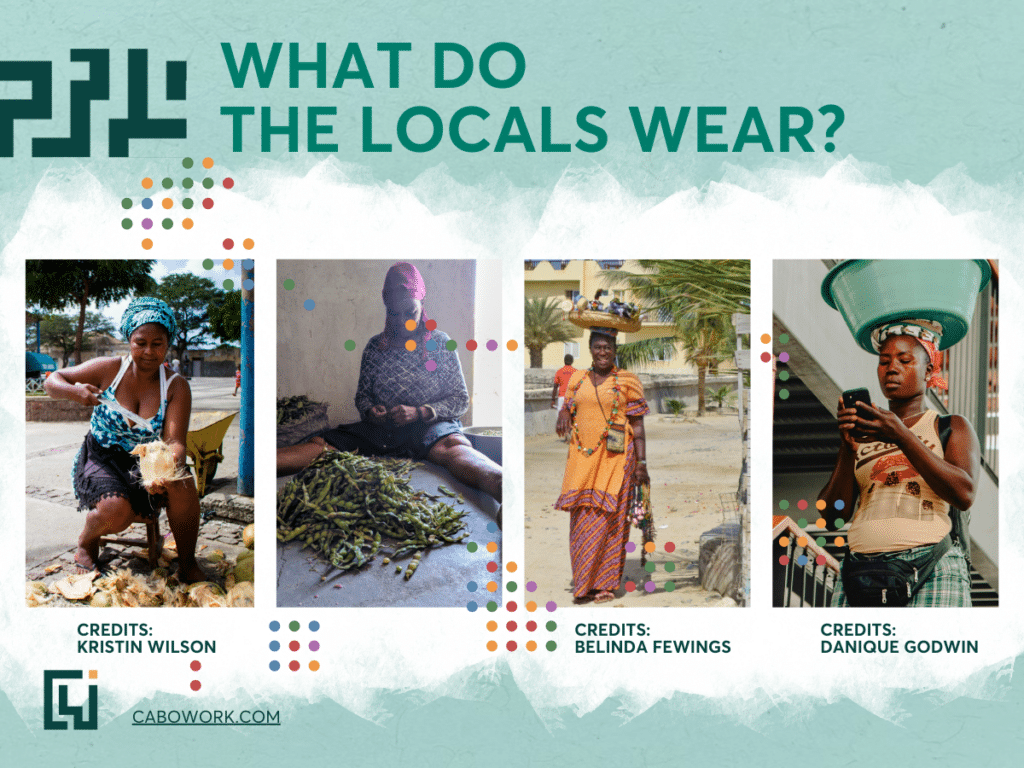
Cape Verde’s fashion has a rich history and diverse cultural heritage.
Reflecting the laid-back nature of the Cape Verdean people, the prevalent style prioritizes comfort and ease, with lightweight fabrics, flowing silhouettes, and vibrant colours.
Where to Buy Clothes in Cape Verde?
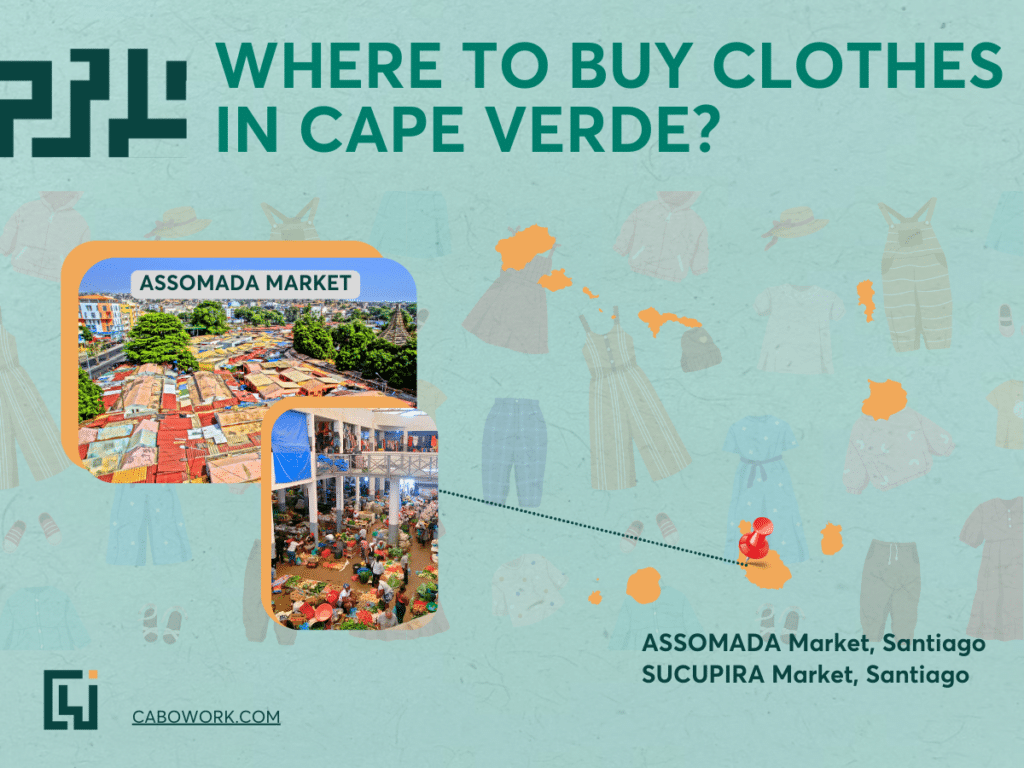
Looking for locally made clothing in Cape Verde? There are some interesting places you might want to check out.
Mercado de Sucupira is a popular market in Praia, on the south side of Santiago Island, where you can find fresh produce, souvenirs, and traditional handicrafts. Prices can be more affordable than in the city centre, as vendors may be more willing to negotiate prices. The market is a mixture of a flea market and a place for traditional professions such as tailors, carpenters, and watchmakers. Here, you can experience the animated Cape Verdean culture with the aroma of spices and the music that fills the air.
The colourful fabrics and traditional dresses are amazing, and it can be a challenge to choose just one. In addition, it is possible to find the well-known “Rabidantes” here – women who buy utensils and clothes from other countries such as Brazil, Portugal, Dakar, the United States, etc. to resell in Cape Verde.
On the other hand, the Assomada Market, in the centre of Santiago Island, is located in one of the largest neighbourhoods and is famous for selling various products, including traditional clothing. You can buy dresses or other items with typical Cape Verdean patterns at this market, which is open-air. Wednesdays and Saturdays are the busiest days at the market.
The Panu di Terra History
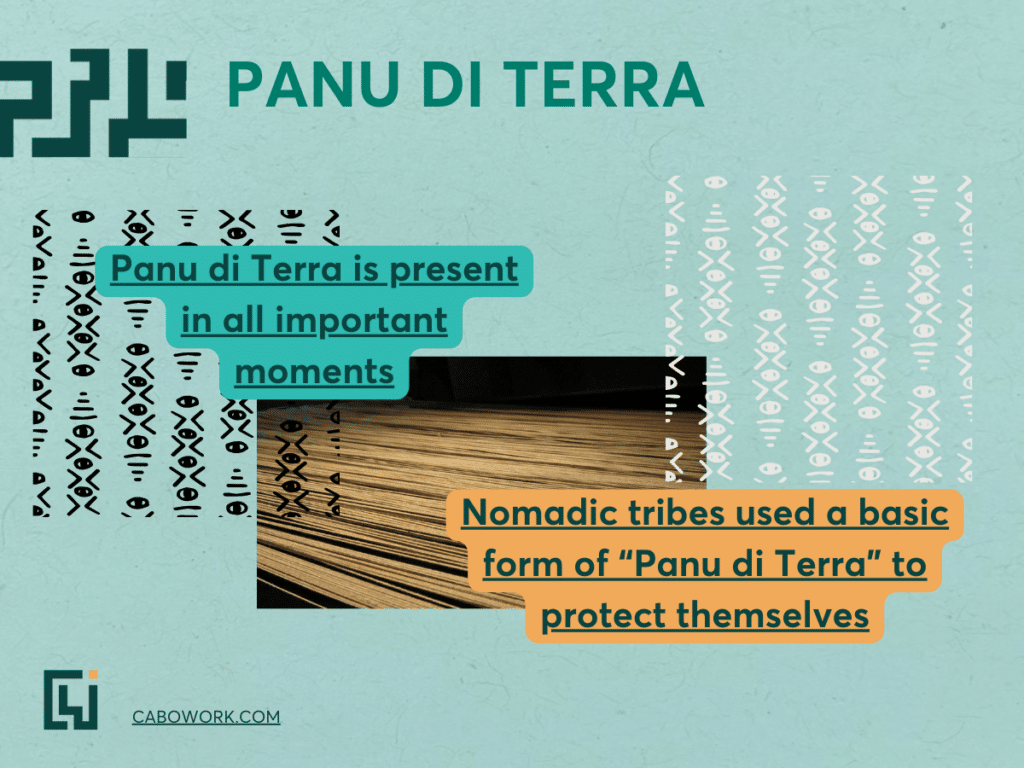
The legacy of African culture is evident in the use of bold prints on traditional garments like the “Panu di Terra”, a hand-woven cloth that is a symbol of national pride.
The history of “Panu di Terra” goes way back. In the 16th century, rudimentary looms were used to make clothes. The economic value of the Panu di Terra was recognized by merchants on the African west coast, and contributed to boost the local economy back then.
There are, however, records indicating that when nomadic tribes started settling down, they used a basic form of “Panu di Terra” to protect themselves from harsh weather, cold temperatures, or skin irritation caused by certain plants. It was also used as a way to identify individuals who belonged to a particular group.
Due to its meaning, the Panu di Terra is a vital piece in Cape Verdean lives, and it’s present in all important moments like births, wrapping the baby, or weddings, making it a symbol of respect and consideration.
In official ceremonies, Panu ti Terra is used as clothing by the Cape Verdean government officials and is also used as a gift.
Where to buy “Panu di Terra”?
Besides the local markets and shops, one of the places to buy authentic “Panu di Terra” is the online website of Plataforma Voador.
Created in 2020, it serves as a shared space for people passionate about manual production and creativity. The platform gathers creators and brands with a common goal of sharing, learning, appreciating creativity, and exchanging experiences and knowledge. The selection of creators and brands represented by the Plataforma Voador is carefully curated to uphold values such as originality, ethical practices, fair trade, responsible consumption, non-polluting production, the use of local products, and guaranteeing the origin of production.
The Importance of Cotton in Cape Verde
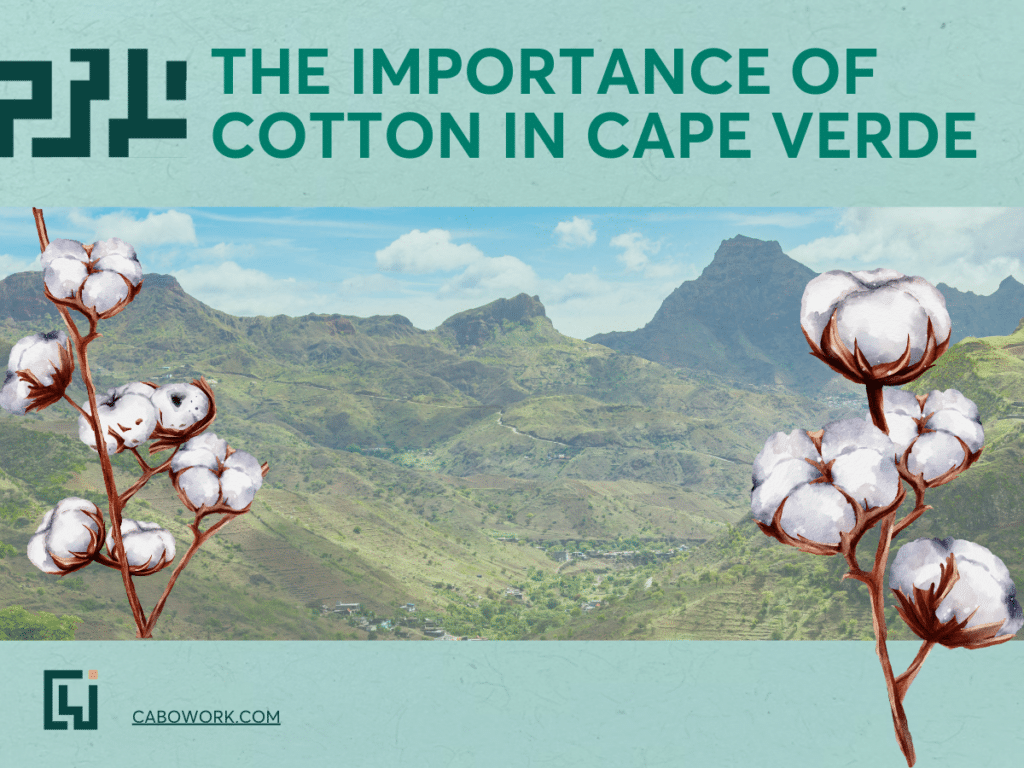
During the 16th century, cotton played a significant role in Cape Verde. It was a valuable commodity in trade due to its ease of exchange. Despite its adaptability to the island’s conditions, cotton production eventually ceased.
However, in recent years there has been a resurgence of interest in cotton growing, demonstrated by initiatives such as the Neve Insular project.
This project, developed by designers Rita Rainho and Vanessa Monteiro, seeks to explore the connections between art, design, and the island environment.
Collective action was held at the Madeiral Agro-ecological Centre to promote the planting of organic cotton, emphasizing the importance of local production for self-sufficiency and sustainability.
The Neve Insular project aims to raise awareness of the decline in cotton production in the archipelago and the loss of associated knowledge and activities.
